Published on April 04, 2022
Connected. Interested. Committed. – How alumni enrich transfer

For almost 200 years, KIT , formerly Forschungszentrum Karlsruhe GmbH and Universität Karlsruhe (TH), has brought forth countless students, graduates, and PhDs who, as experience shows, remain connected with their former educational institution for a long time. Not seldom, they return, whether for a spontaneous campus visit, an alumni meeting, or for a professional cooperation with KIT. This natural attachment of alumni and alumans, even affinity, directly offers opportunities for knowledge and technology transfer at and with KIT.
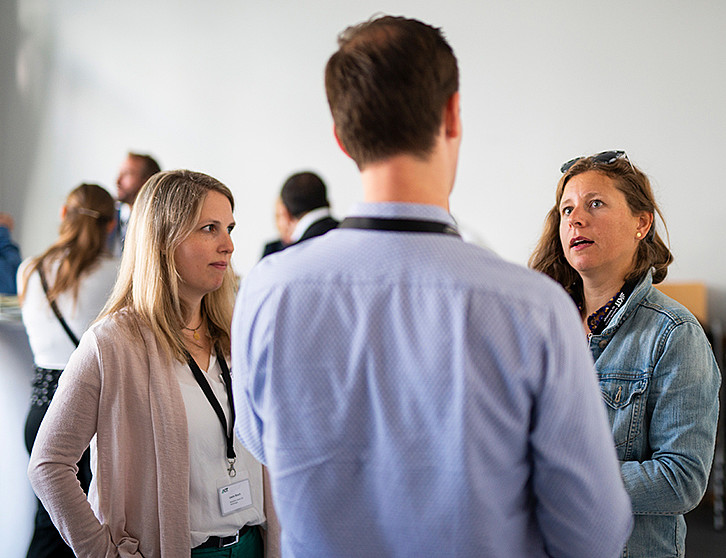
At the beginning, KIT together with Helmholtz-Zentrum Dresden Rossendorf (HZDR) examined the potential of involving alumni in knowledge and technology transfer. This resulted in the foundation of the KIT Industry Experts network . We met the responsible persons Dagmar Vössing, Agnes Honka, and Laura Bosch for an interview. They talk about their findings and experiences.
Why have alumni come into focus as multipliers for transfer at KIT?
Dagmar Vössing: When considering who could be considered as a multiplier at all, alumni were actually very obvious. They already perform this task, sometimes unconsciously, in other areas. In the start-up sector, for example, some alumni have already acted as supporters. The step to classic technology transfer was therefore not far away, and then to other transfer fields.
What was examined during the concept and initial phases? What insights were gained? And through what?
Dagmar Vössing: The start and the basis for further considerations was a systematic survey of those registered in the alumni network. To find out in which areas they show interest: What exactly motivates them to support their alma mater? To what extent, especially in terms of time, would a commitment be conceivable for them? How would they get involved, and much more? Based on the results of the survey, we then developed various measures and implemented them as pilots.
The topic of motivation is particularly exciting. Alumni are generally very intrinsically motivated to "give back" to their alma mater. If you combine this with a high level of interest in innovative, technical developments and topics, you very quickly end up with a highly committed group that can provide impetus, particularly in the area of technology transfer.
Laura Bosch: In addition to the survey, we conducted numerous interviews and discussions with the various stakeholders. In particular, we looked at benchmarks and pioneers in Germany and abroad. This gave us additional motivation because the huge potential became visible there. During this phase, we explored benefits for all stakeholders involved – for alumni, for KIT researchers and employees, for the transfer itself, and for the alumni world. Thus, we created measures and activities that cover the interest and motivation of all stakeholders.
Our goal is to bring the alumni and transfer world together. Above all, this requires a certain degree of openness on the part of all stakeholders and constructive cooperation within one's own organization. Even if everyone is a winner, it sometimes takes a lot of patience to breathe life into the network. Our vibrant network was not built overnight.
What new activities have been added to traditional alumni work with the involvement of alumni in transfer? How has contact with alumni changed since the KIT Industry Experts network was established?
Agnes Honka: The goal of alumni work is to maintain and strengthen the connection of alumni and alumnae to their university in the sense of good relationship management. This is usually done in a variety of ways: through various communication channels, personal exchange, networking or information events. We alumni managers try to create opportunities for this group of alumni to contribute or get involved in a meaningful way for KIT. With the KIT Industry Experts, we have succeeded in doing just that. We address them as experts; their technical expertise is in demand. Contact has become more intensive and more individual. We get to know our alumni and alumnae better and can even identify fields beyond the KIT Industry Experts network in which they can get involved if they want to, for example as supporters for KIT students.
Dagmar Vössing: Classic alumni work often (not always) focuses on what good can be done for alumni. We have turned the focus around and asked alumni specifically in the area of innovation and transfer to get involved with their alma mater. Many formats are therefore specifically designed for this purpose. It is always important that the alumni volunteer in the Experts network and that they do so with a high level of commitment based on their intrinsic motivation.
Laura Bosch: As a consequence, we looked at our existing offers, media and channels to see where and how we can address information about transfer activities to alumni in a more purposeful way. For example, we introduced a new section in the alumni newsletter, stepped up the dissemination of topics via LinkedIn, and strengthened cooperation at events in the transfer area. At events in particular, we have introduced special promotions and tailored offers. In addition to the information offered, alumni who become members of the KIT Industry Experts network have the opportunity to become directly involved in transfer.
What was the decisive factor for the continuation after the pilot phase?
Dagmar Vössing: The network members are very valuable in terms of their knowledge and expertise from their work in industry. This expertise opens doors in a wide variety of ways, and repeatedly provides valuable feedback for the researchers and for us as intermediaries between science and industry. This potential was already apparent during the project period and has been confirmed once again now that the network has been in existence for longer. The continuation is an important signal to all involved: to the network members that they are appreciated and to the KIT employees that they have a new opportunity to get a valuable view from the outside for the further development and exploitation of their own research and to increase the visibility of the topics.
How do you manage to keep regular contact with the members?
Laura Bosch: The contact is very personal, as we still have a manageable size of the network with currently about 180 members. The goal is also not to grow endlessly, but to maintain this personal level as much as possible. For the regular contact with the members, we have a classical but efficient instrument: an e-mail newsletter with which we inform about innovation, transfer offers, and start-ups at KIT.
There is a network meeting at least once a year, most recently digital due to Corona. Digitalization definitely has advantages for the network. Because our members are scattered all over the world after leaving KIT, as far as India and Brazil. The digital formats also give them the chance to participate regularly. Throughout the year, we try to stay in touch again and again via exchange talks. We also regularly hold our own formats based on content-related topics, such as the lunchtime talk "Transfer for Dessert" to discuss transfer-relevant topics. Or we invite the experts to various events at KIT, such as Science Week, NEULAND Innovation Day, etc., and offer additional services there.
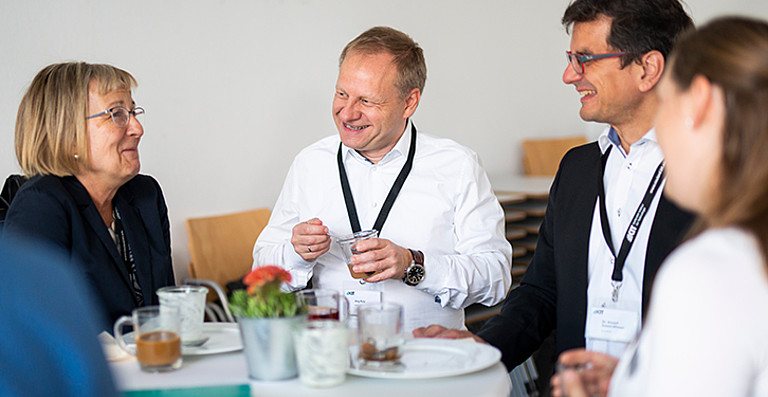
How do the network members get involved?
Laura Bosch: What existed before is the engagement of many alumni as speakers or mentors. We have taken this up and focused on transfer topics. At the institutes, they bring their perspective from the field to workshops, mentoring programs and other events. For example, one of our experts offered a workshop at the KIT Career Service. We benefit greatly from the expertise of KIT Industry Experts in technology transfer in our online surveys or exchange discussions on selected projects and technologies. Here, the members provide important impetus by giving their assessment of technologies and market opportunities.
Bilateral exchanges have gained a lot of momentum. The Industry Experts are involved as advisors in small discussion groups or 1:1 meetings, both for the researchers and for ourselves as well as for our colleagues from Innovation and Relations Management (IRM). These bilateral discussions often also have the effect that the experts act as multipliers within their own networks, which then leads to further interesting contacts.
Dagmar Vössing: In addition, we are always adding to the possibilities for engagement. Here, we are guided both by the requests from KIT and by the suggestions that we sometimes receive from the network. The potential of the possibilities is far from being exhausted. Depending on how the offers are accepted, we develop them further or sometimes leave something. Here, as with everything else, direct exchange with our community plays an important role.
What were the highlights of the past few years?
Dagmar Vössing: The digital network meetings just before Christmas were one of my highlights, because they always provided an opportunity to get to know each other a little better on a personal level. I was also very pleased about the link with KIT's “X-Ment” mentoring program. The program does not draw from a fixed, dedicated mentor pool, as many mentees already have a mentor in mind. For those where this is not the case, we have already been able to help with referrals to KIT Industry Experts as mentors.
Laura Bosch: There have been many great moments and conversations so far in my role as Community Manager. Especially memorable was a visit of a network member with the development manager of his company at KIT – even before the Corona restrictions. The guests had come a long way from Brazil to learn about and exchange ideas on a particular technology at KIT. On the train, there were fruitful meetings and lab visits with innovation manager, researchers, and me as network supervisor.
Another positive example: We brought the managing director of a KIT spin-off together with an expert. The founding team was eager to get feedback on how to proceed. The Expert, in turn, was so taken with the idea that he arranged further contacts from the company he works for. He brought the team together with the appropriate people from the specialist departments. Fortunately, this resulted in a long-term collaboration. The nice thing about it: the founder was also so enthusiastic that he has now joined the network himself.
Agnes Honka: The founding phase was exciting. We were the first in Germany to think about the systematic involvement of alumni and alumnae in technology transfer. We had many informative discussions before we started with our concept. I also think it is great that many experts are already committed to the students at KIT beyond technology transfer. They share their experiences in events on career paths, give workshops for students, support the “Deutschlandstipendium”, or take part in panel discussions.
Where do you see the network in 5 years?
Dagmar Vössing: In five years, the KIT Industry Experts will be a permanent fixture in the transfer area at KIT. We have by no means exhausted the potential, but I see further development more in terms of quality and further points of contact than in terms of the number of members.
Laura Bosch: The network and the commitment is enormous and is perceived as so positive from all sides. In the future, I hope that we can build up and establish even more offerings. The list of ideas is long, e.g. also with a view to the area of start-ups and including the social perspective. In five years, we will be even better known within KIT, that would be my wish.
Agnes Honka: By then, the network will have become firmly established in technology transfer at KIT and will also have become an interesting format in the alumni community, for which alumni and alumnae will gladly continue to be involved. In the future, I see the KIT Industry Experts as decisive multipliers in the transfer of knowledge from KIT to the alumni community and society.
What effects did the network have on the IRM department?
Dagmar Vössing: Everyone in the IRM department is now aware of the benefits and helpful knowledge of the Experts and is incorporating this into their work without the initial reluctance. We have all had very positive experiences in the meantime and are taking advantage of the opportunity to use the Experts as advisors. This includes both the Innovation Management team and our colleagues from the Licensing and Startup departments. The experts are thus developing into an important, overarching element in the transfer work.
How has the "alumni idea" been incorporated into the day-to-day work of the Technology Marketing and Transfer team at IRM?
Laura Bosch: The alumni are a large group of people who are very sympathetic and interested in KIT. Therefore, true to the basic idea, we have started to communicate offers and news from the transfer more specifically to the alumni. In all activities, we think specifically for this interest group. For example, invitations to events are prepared separately and activities are offered especially for alumni, such as special program items at the Hannover Messe or at Innovation Day. This target group-specific approach with a manageable additional effort has a great effect on the reach of transfer topics at KIT.
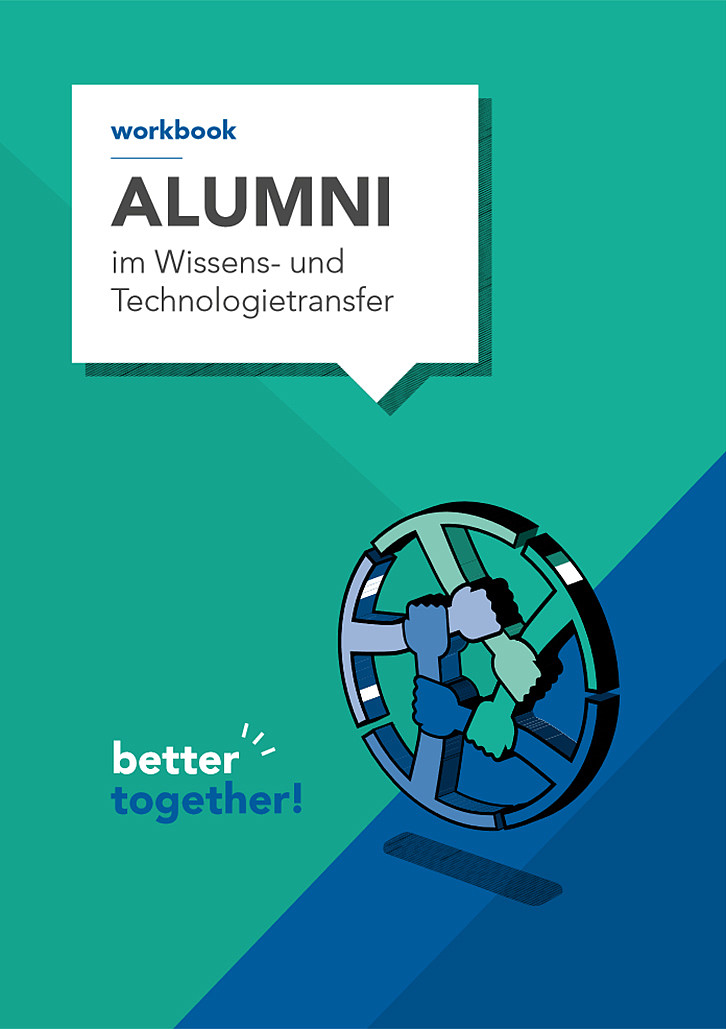
What tips would you give to other organizations that want to cooperate with alumni in transfer?
Agnes Honka: Every university has alumni and alumnae who are well-disposed towards their alma mater and like to get involved with their university. So the potential is there! To make this potential visible, a good foundation in alumni work is important. The phrase "friendraising before fundraising" sums it up. Only if I build up a trusting and appreciative relationship with the group of alumni will I succeed in winning them over for further commitments.
Dagmar Vössing: I think we all agree on that. In general, one can only recommend the involvement of alumni. In what form and to what extent, however, depends crucially on the goals and conditions at the respective institution. We have summarized details and tips for this in our Workbook. But even small measures, such as a category >Transfer< in an already existing alumni newsletter, can have a big impact. The message is: Everyone can benefit from the exchange with alumni, it doesn't always have to be a complete network!
Kontakt
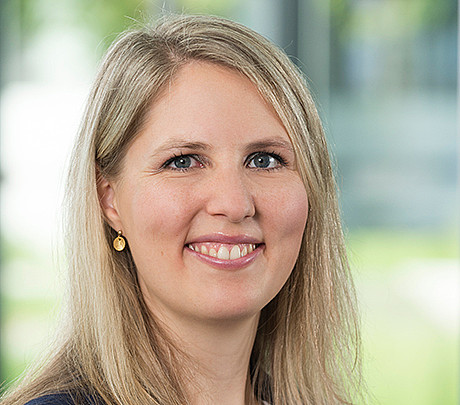
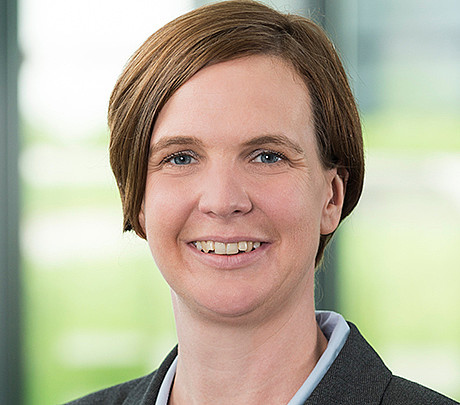
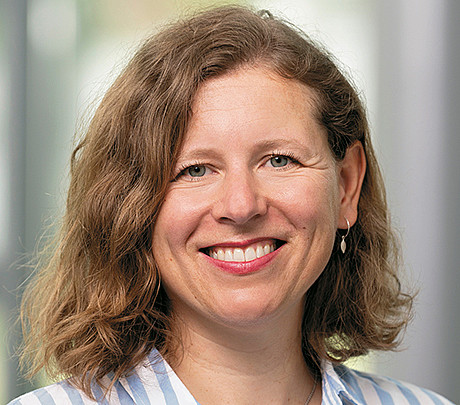

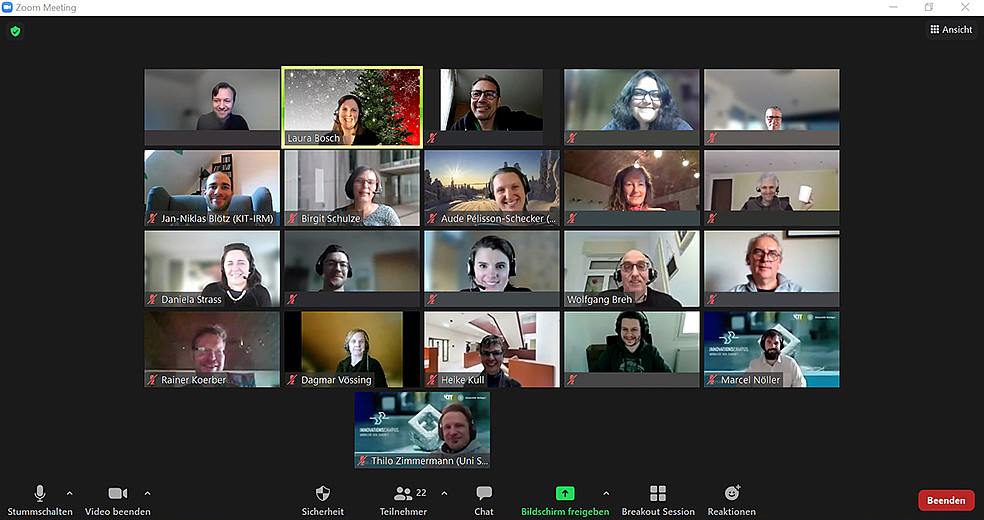
comments about this article
No comments